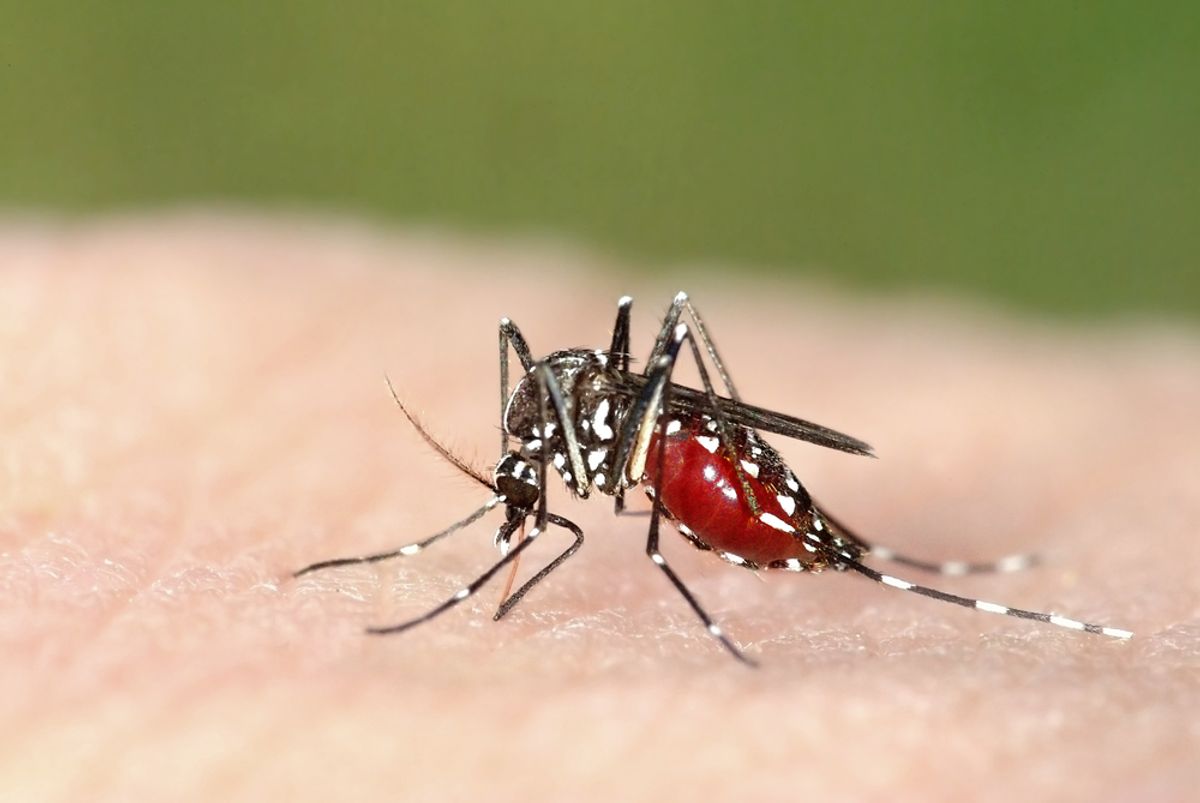Heard of chikungunya? Up until a year ago , you may not have had reason to, as the mosquito-borne virus was confined to Asia and Africa. But the disease is now making its way to the U.S., and with the right combination of factors could soon become a household name.
Transmitted by mosquito bites, chikungunya usually isn't fatal, according to the CDC, but symptoms, which include joint pain, can be "severe and disabling" -- and can last for months. The name chikungunya, in fact, comes from a Makonde word meaning “that which bends up,” because "patients often are stooped in pain while suffering from the disease." There's no vaccine or treatment, and people in the Americas, not having been exposed to it before, have not developed any resistance to it.
Chikungunya first showed up in the Western Hemisphere last year, with cases reported in the St. Martin. Since then, it's sickened over a quarter million people in the Caribbean. And so far, travelers in the region have brought 112 cases back to 27 U.S. states. Each time that happens, the CDC warns, the virus gets the opportunity to gain a foothold -- and to start spreading locally.
"Right now, we are worried about chikungunya in the U.S.," Roger Nasci of the Centers for Disease Control and Prevention, told NPR. "In fact, we expect that over the course of the next months or years — as this virus spreads through the American tropics, and we see more travelers coming into the U.S — we will see local transmission."
Compounding the problem is the propagation of the mosquito that carries and spreads the disease. The Asian tiger mosquito itself didn't arrive in the U.S. until 1985, when it hitched a ride to Texas. Since then, it's been making its way north. Its only limit is temperature, and right now, its boundary cuts off around New York City. But it only takes a little bit of warming, researchers have found, to create the conditions needed for the mosquito to propagate. And as the U.S. warms, its range will likely expand even further northward.
An expansion of the mosquito's range, right when chikungunya begins to arrive? It could make for a dreadful combination, three Yale University professors are warning. "How events like the chikungunya epidemic and the mosquito's adaptation to climate change will play out is not clear," they write, "but it is in our best interest to learn quickly." They add, in a column for CNN: "Pieces are falling into place for a historic epidemic on U.S. shores."

Shares